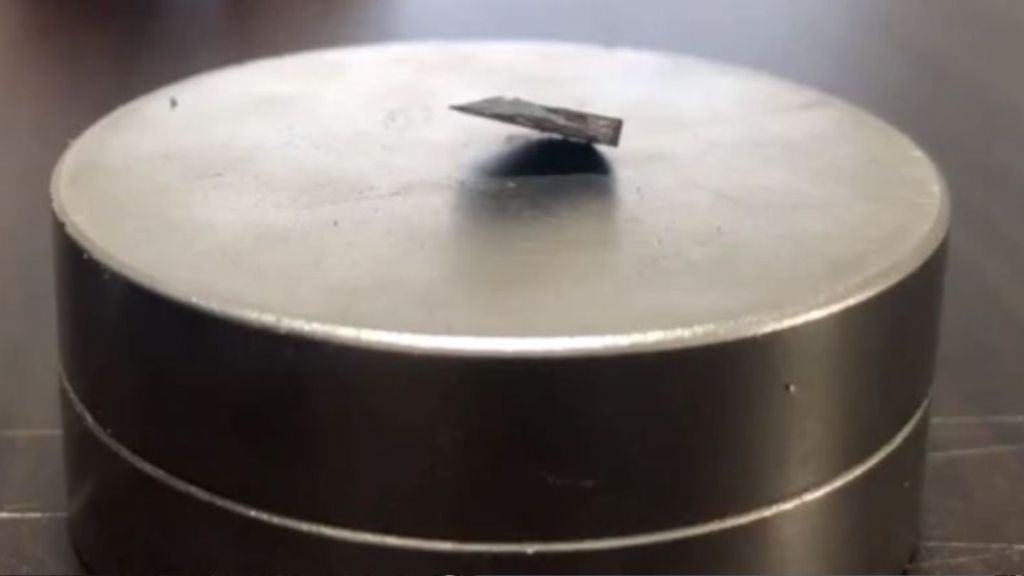Since the discovery of the gene-editing potential of CRISPR-Cas9, Dr. Jennifer Doudna has become a science superstar. As her fame ballooned, so did her workload: she runs a large lab at UC Berkeley, helms the Innovative Genomics Institute, consults on projects, speaks at conferences, sits for interviews, and keeps pace with her own scientific research.
With so many moving parts, it is perhaps no surprise that she slept through the call alerting her that she had won this year’s Nobel Prize in Chemistry.
Videos by VICE
Doudna was the co-recipient of the prestigious award with French scientist Dr. Emmanuelle Charpentier, marking the first time that two women won the Nobel Prize in Chemistry together. They received the prize for their development of the genome-editing technology known as CRISPR-Cas9. Likened by many to “genetic scissors,” CRISPR is a method of targeting and editing very specific areas of the genome, allowing for far more precision than other techniques.
“She and I both felt that it’s a wonderful celebration of fundamental science, of research that was done as an international collaboration,” Doudna said. “We were delighted to see that celebrated, especially in this difficult year.”
Doudna never dreamed she’d one day win the Nobel Prize. She grew up in a small town in Hawaii, feeling like life was passing her by. As a child she was fascinated with the natural world, but didn’t have any aspirations to become a scientist.
In tenth grade, her chemistry teacher, Jeanette Wong, changed her life by showing her that science was not about memorizing facts and figures, but about asking questions and solving puzzles.
From then on, Doudna was hooked.
“I started to imagine doing that work myself,” Doudna said. “And I never looked back.”
She studied biochemistry at Pomona College, then got a PhD from Harvard Medical School in biological chemistry and molecular pharmacology. She’s been a professor at UC Berkeley since 2002, and she started working on CRISPR in 2009.
When she first began the work, she had no idea how important it would become. She thought of it as a fun side project.
“I actually felt guilty working on it during those early days,” Doudna said. “I was funded by the Howard Hughes Medical Institute, and the National Institute of Health. I thought, ‘Can I justify this fun little project in bacteria given that it probably has nothing to do with human health’?”
Of course, we now know that that “fun little project” has everything to do with human health.
Though Doudna seeks to understand fundamental questions in biochemistry, she always keeps an eye out for how her work can have practical applications in human lives. So, shortly after she and Charpentier discovered that the CRISPR system can be programmed to cut different DNA, they began to work on applying that to the human genome.
Doudna sees a lot of potential in CRISPR to address genetic diseases. The most common example is sickle cell anemia, which is caused by a mutation in a single gene. It is a debilitating, chronic condition that CRISPR can cure with the ease of fixing a typo. For sickle cell—and other similar diseases—Doudna and her team at the Innovative Genomics Institute are working to make CRISPR a standard of care.
“That’s a tall order,” Doudna said. “Although the technology is robust and wonderful, how do you make it affordable and accessible to a large number of people who need it? I know we can get there, but it’s going to take a lot of hard work.”
Gene editing has its fair share of controversy, with many worrying it could pave the way for new forms of eugenics, such as wealthy parents paying for genetically-engineered “designer babies.” Doudna doesn’t shy away from the debate. She has talked publicly about bioethics, acknowledging that there should be restrictions on how we use gene-editing technology.
To Doudna, increasing science literacy is the first step towards having these complicated discussions around ethics. Over the course of her scientific career, she has watched public mistrust of science and scientists grow. She thinks that scientists share a bit of the blame for that gap, and that they need to get better at speaking to the public. A good chunk of research is funded by taxpayer dollars, which Doudna believes obligates scientists to engage with taxpayers about their work.
“I think we need to be better at reaching out and making the effort to explain what we do, why we do what we do, and why it matters,” Doudna said. “Because what we do does matter.”




